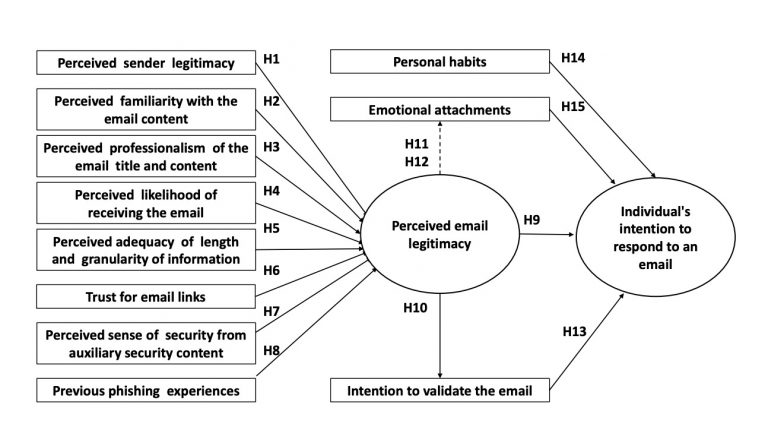The bling approach to the school of the future
Recently I have been exploring developments on the impact of new technologies on the future of education, particularly in high schools. The latest trend in education is all about tablets, of course.
My provisional assessment is that there is a lot of bling: shiny objects promoted all around us make us focus on the tools rather than on the didactic objectives.
With this post I want to open my reflections and initial analysis – in twelve hypotheses – to a wider audience. Comments are highly welcome (no registration needed). Italian readers might also be interested in the Scuolalvento blog for more discussion.
- A technology-first approach thrives. The dominant Silicon Valley driven ideology is one of technology fixing all problems – institutional, social, cultural, educational. By bringing in tablets and iPads in particular, we will be “more successful at engaging our students,” we will “better prepare them for the future,” learning will be “more collaborative, co-creative, hands-on, and ‘fun’,” and we can “open up the classroom to the outside world.” These assumptions are largely unquestioned, even though the discourse is not strong on educational and didactic objectives.
- There are dominant but untested preconceptions about schools, learning, teachers and students. The ideology above gets reinforced through the messages we get about schools (out-of-date, closed-off from the real world, stressed), learning (hierarchical, old-fashioned, boring), teachers (tied to an antiquated paradigm of learning, really looking forward to new tools), and students (digital natives, experts, but unfortunately without the right tools). Little is said about the value of existing and often quite interactive educational methods, or about the lack of technical skills of students (who are experts in Facebook, but often not on text editing a history paper or doing an advanced search in Google.).
- There is a boom of iPad and tablet deployments in schools in rich and less rich countries alike. From Italy to the USA, from Thailand to Belgium, from India to Russia. Little information about these deployments is available beyond short announcement texts on school websites and local newspapers.
- Little research has been done on educational impact. Although deployments have occurred for at least two years, there is a nearly total lack of serious research that evaluates them, particularly on their educational and didactic impact. This stands in strong contrast to the sizeable size of research done on e-learning.
- Governments are pushing hard. Government ministers and heads of institutions want to be seen as modern and ahead of the times. Funding a tablet deployment also creates better media coverage than increasing the budget for teacher training. Digitization finally allows for more quantitative data on the qualitative activity of learning, which is something governments, managers, and bureaucrats tend to like.
- There is a lot of money to be made. The spending on education is huge: not only by governments and institutions, but also by parents. No wonder that companies like Apple and Pearson (the publishers) are so active in the field. Even Rupert Murdoch’s News Corporation recently unveiled Amplify, its new educational division “dedicated to reimagining K-12 education by creating digital products and services that empower students, teachers and parents in new ways”. (Listen to this WNYC broadcast).
- Apps, e-books and software are often of dubious quality. While these tools definitely enable interactive visual gimmicks (zooming, 3D panning, videos, clickable contents), these are often inserted for their seductive value rather than for their educational impact.
- Other digital tools are not part of the debate. Tablet deployments are often argued for as isolated interventions, with limited discussion on how this all relates to interactive whiteboards or simply the web. In fact, with all the smartphones and computers in the homes and hands of high school students, it is now entirely possible for the teacher to create a totally free, open source WordPress site that students can update on the fly. Moreover, they can be made highly interactive due to the large quantity of (free) online plugins available. It is an attractive zero-cost intervention, yet very few bring this into the digital education debate.
- Teacher training and resources are lacking. Teachers are literally left to their own devices. The tools to support them and their schools in deploying and effectively running these implementations are few and far between.
- Initiatives to support schools and teachers are rare and often quite local. Few governments have set up structures to support their schools and teachers with this new challenge (this Australian one is an exception), and initiatives are often driven by teachers (like this Belgian one), or independent associations that are anchored in civil society or local companies (e.g. this Italian example). These initiatives are local or regional at best, and little exchange takes place between them.
- We are facing a bubble. There is such a huge discrepancy between the hype and the reality that we could face a backlash. Schools and teachers are increasingly complaining. Results will be less impressive than expected. In view of all this, it is not impossible that many initiatives will soon be shelved.
- Valuable opportunities definitely exist for players big and small. The opportunity is both on:
- people-centred training – What is it that schools and teachers really need? And how to present and convey it in a way that really helps them and creates lasting, positive behavioral change?
- the creation of tools where educational and didactic qualities and impact are the central drivers in their development.
There is not that much happening in these two areas, and I think this is where governments and consultants, tech companies and non-profit associations can really aspire to claim leadership, if they so desire.




Interesting point of view. I read this week, that in Poland the schools want to exchange all blackboards with interactive touchboards. The publishing companies are already hard at work to prepare new students’ books for tablets. I think that in the near future we will experience a boom of social education networks, where students can do the homework in groups or share their test results. I think it is a good development. The children will not only get the information but also learn how to search for it in the new world od information technology.